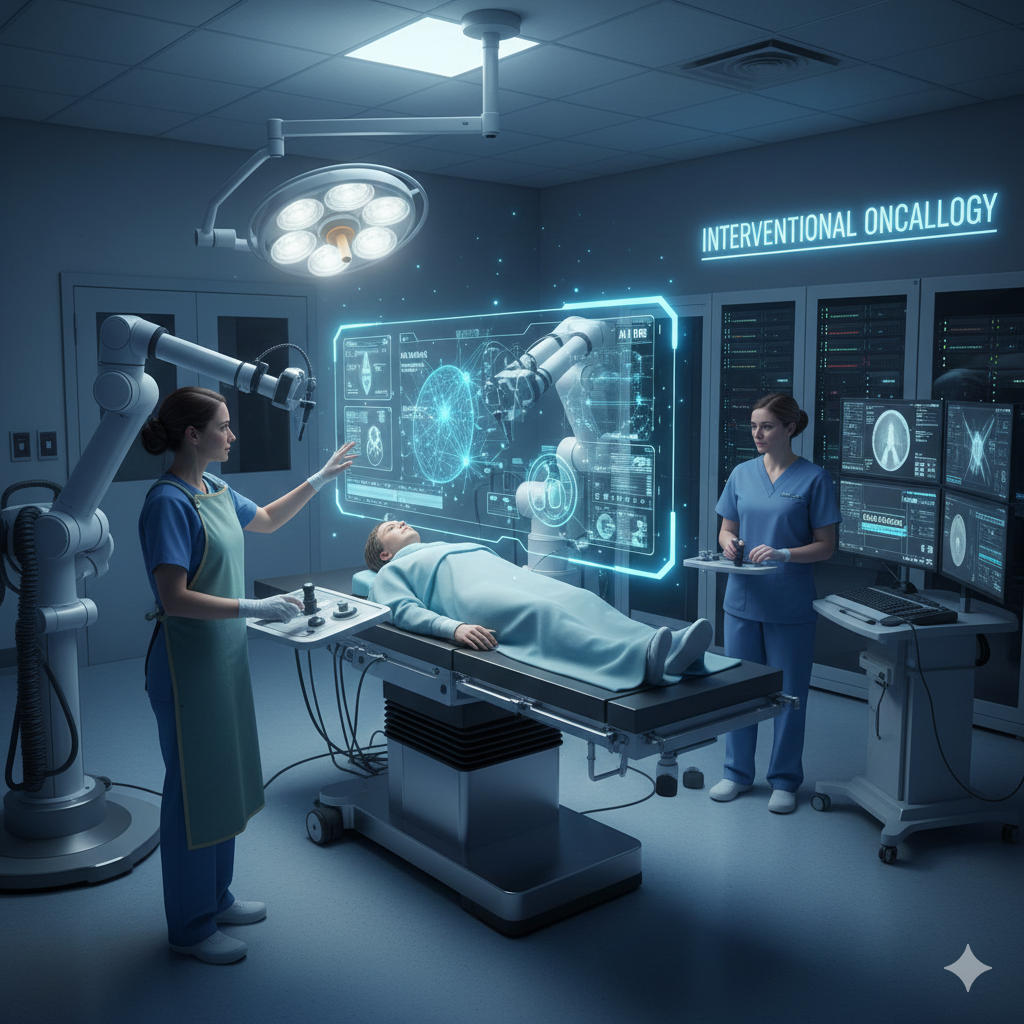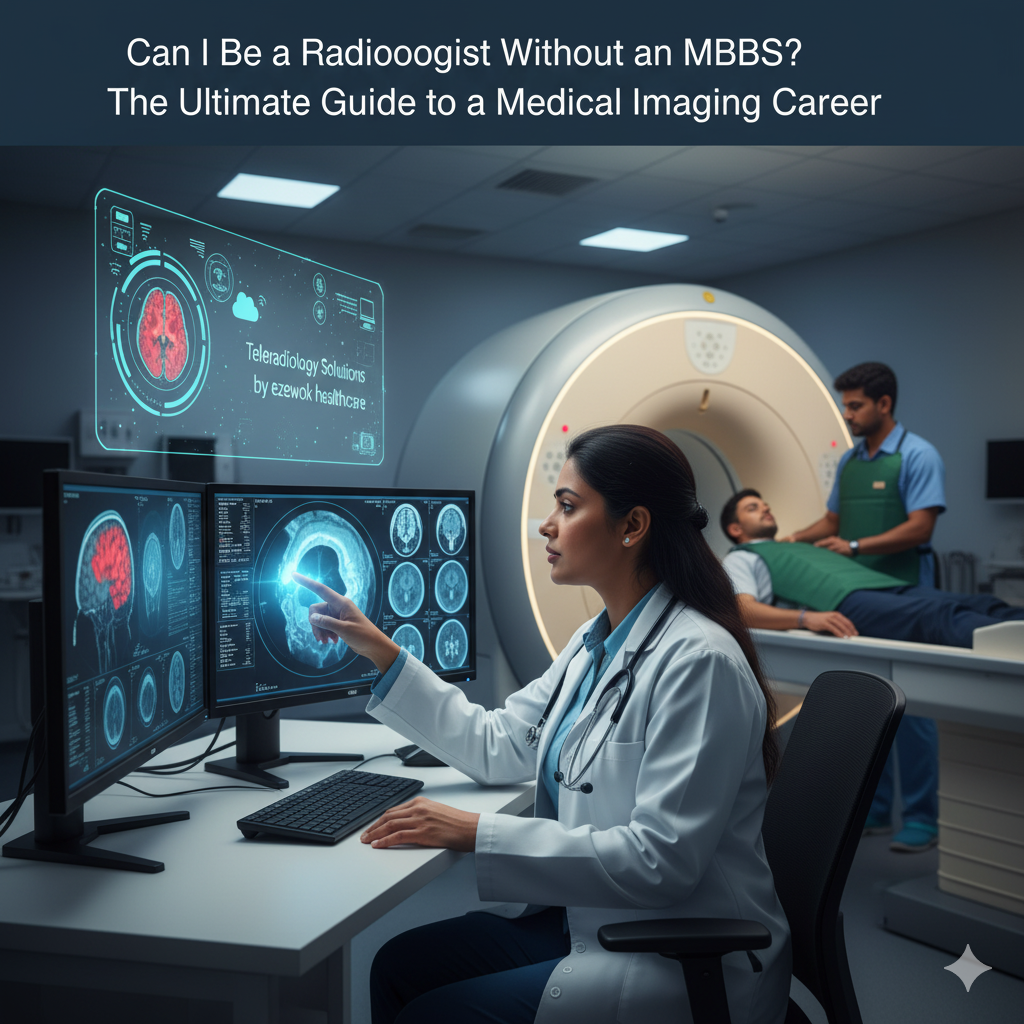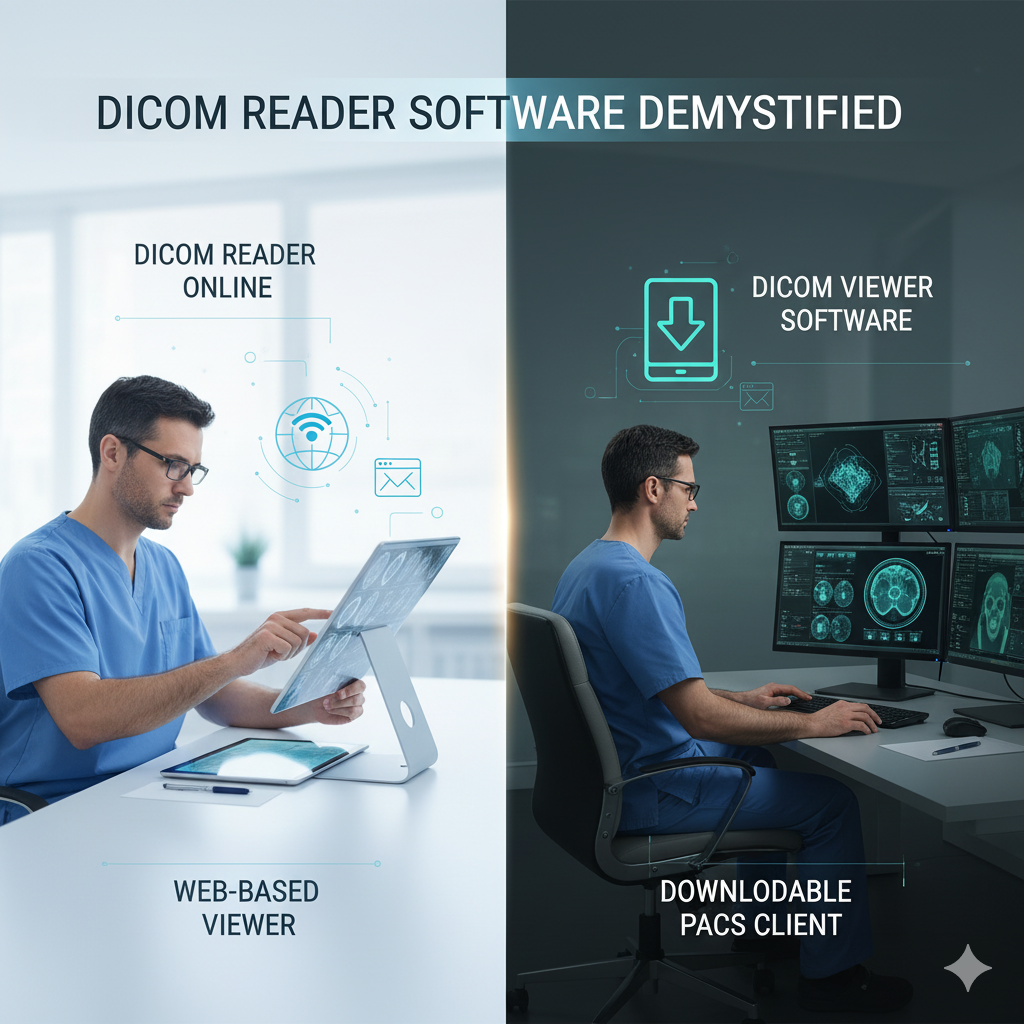Interventional Radiology and the Rise of Robotics and AI in Image-Guided Therapy
For years, some of medicine’s most daunting tasks-from treating complex cancers to repairing clogged arteries-required open, invasive surgeries. These meant very long hospital stays and extended recovery times filled with pain. But today, the most exciting advances in modern medicine take place far from the conventional operating table, aided by a specialty dedicated to minimal […]









